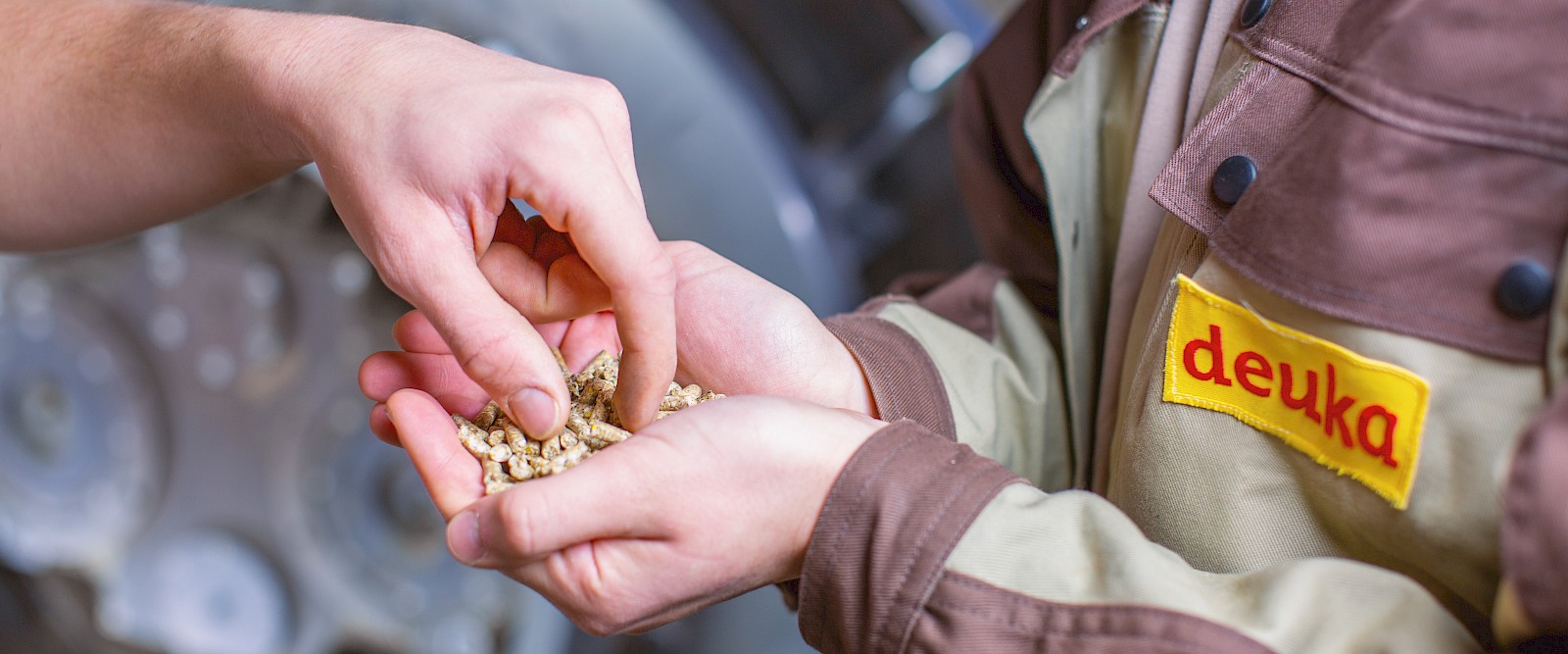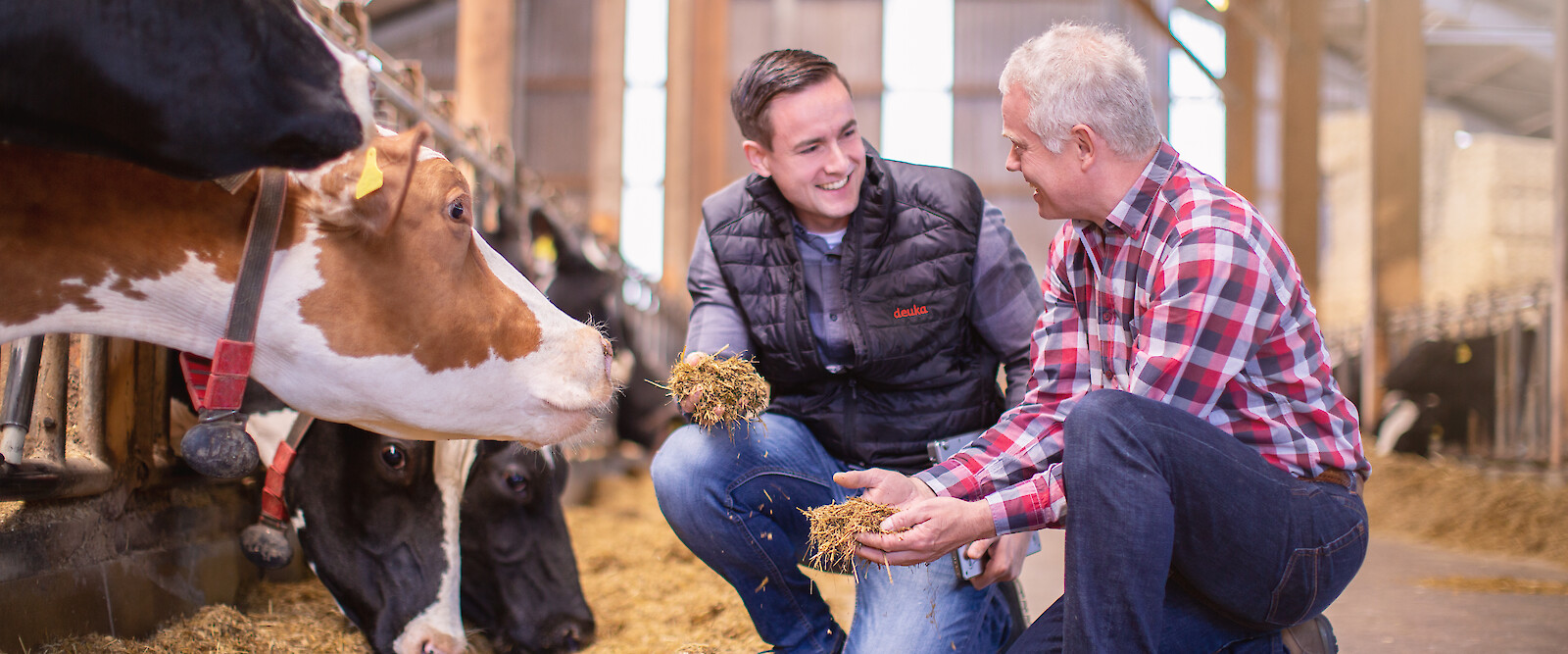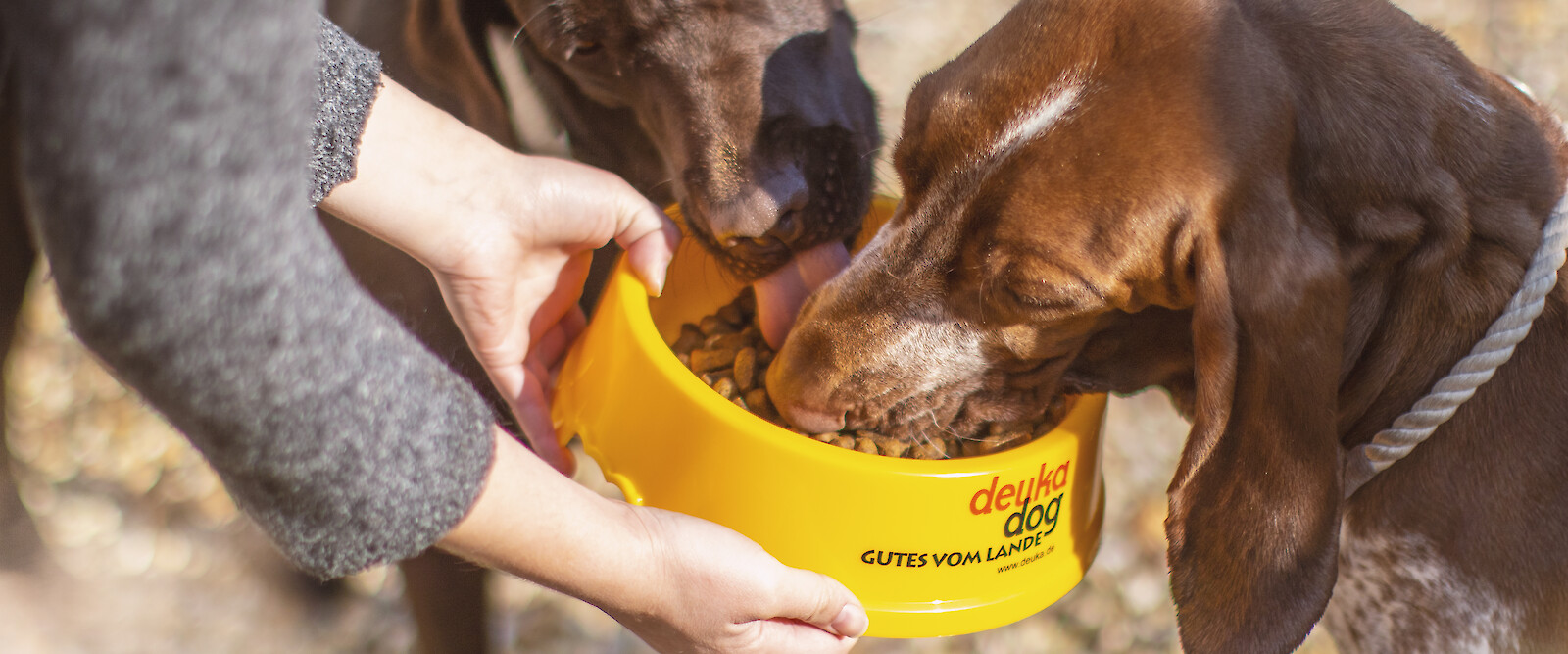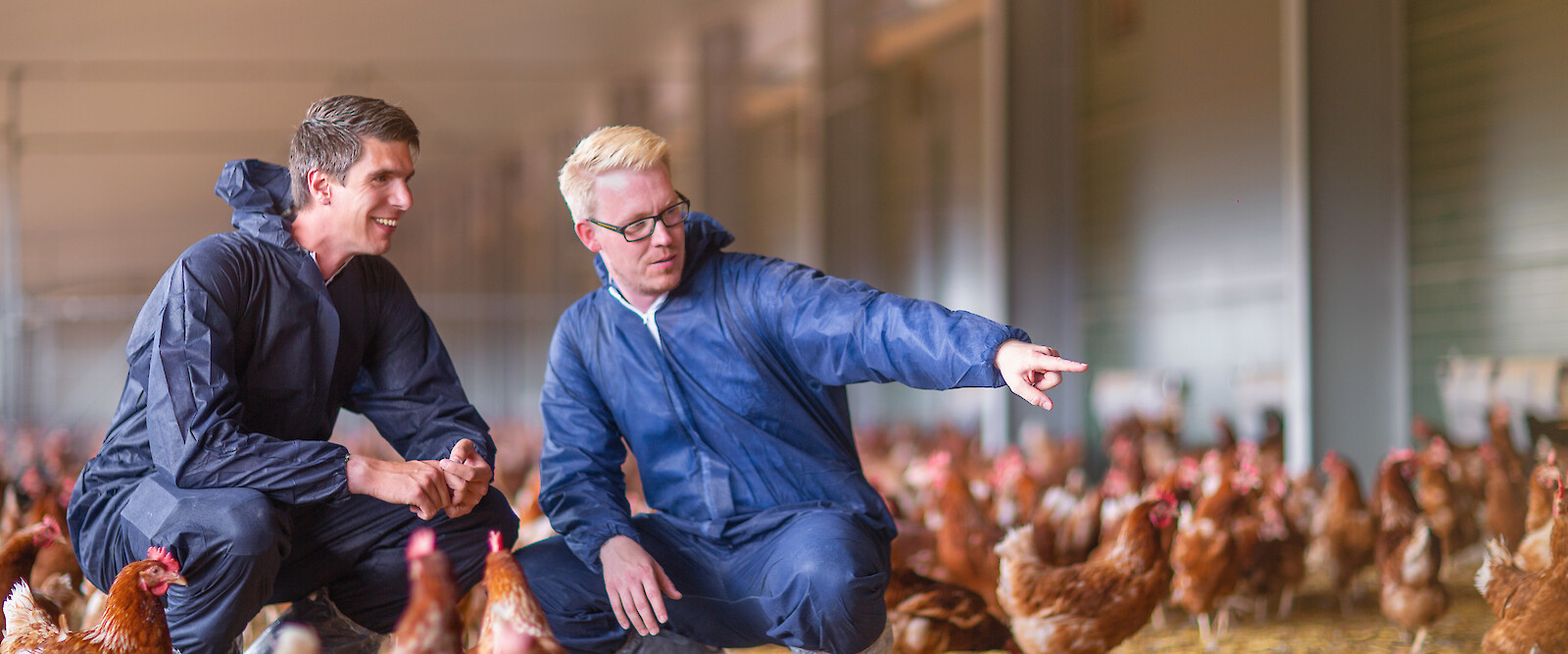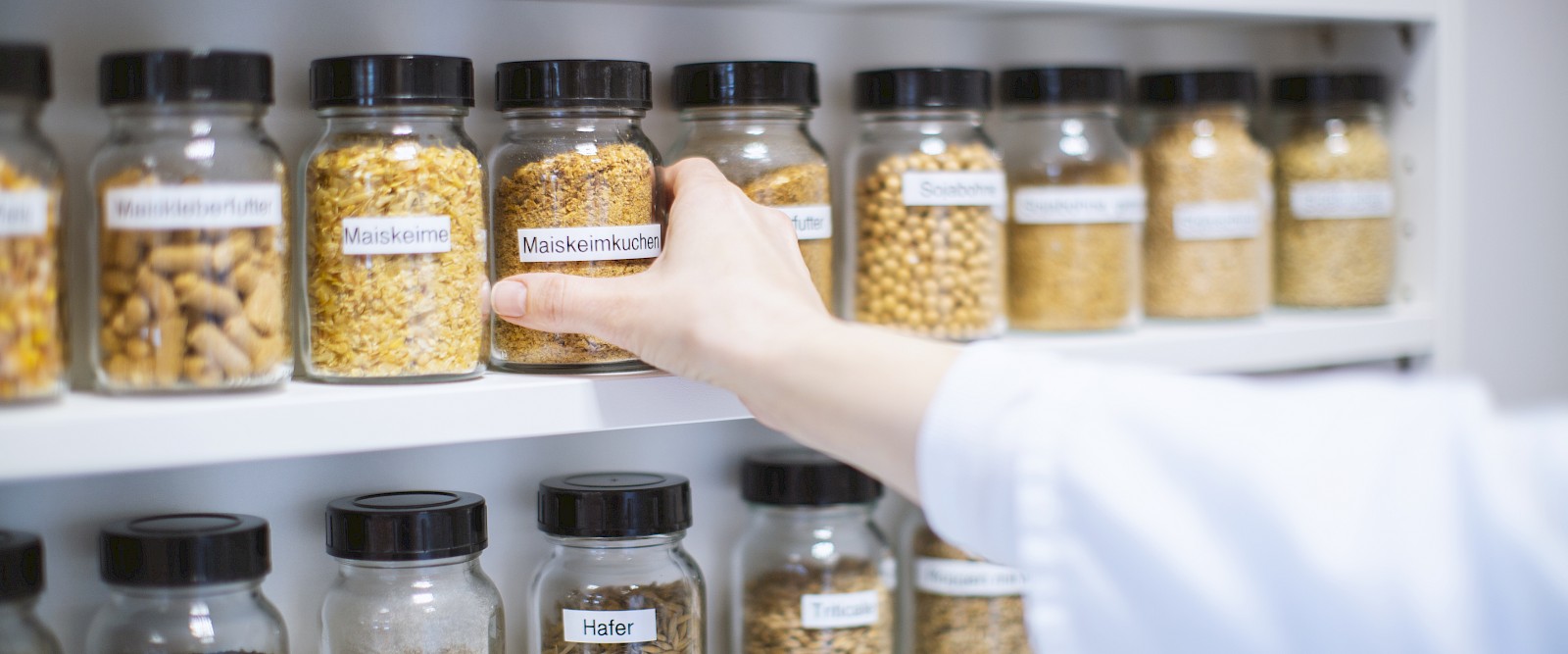Raw material and nutrient lexicon
Weitere Einträge
- Palm kernel expeller
- Pantothenic acid
- Pea
- Pet food
- Positive list
- Potassium
- Potato protein
- Potato pulp
- Potato swell starch
- Premix
- Propionic acid
Positive list
The positive list for straight feeding stuff s (feed materials) has been drawn up by the Standards Commission for Straight Feeding stuffs in the Central Committee of German Agriculture and published in December 2001.
Deutsche Tiernahrung Cremer uses only raw materials listed in this positive list for the production of the various feed types. The raw material lexicon of Deutsche Tiernahrung Cremer also contains only straight feeding stuffs which are also included in the positive list. For straight feeding stuffs that are included in the list, the harmlessness for the health of animals and humans must be proven. In addition, they must have a recognisable feed value, their use must be legally permissible and they must have a recognisable significance on the market.
The following table provides an overview of various terms used in the labelling and description of raw materials for animal nutrition. This list has also been compiled and published by the Standards Commission.
Term |
Description |
common designation |
|
Pressing |
Extraction of fat or oil from oil-rich materials or of juice from fruits or other plant products by mechanical treatment (by spindle or other presses), also with slight heat treatment |
Cake (for oil-containing materials), pulp, pomace (e.g. for fruits), pressed pulp (for sugar beet) |
|
Digestion |
Release of starch granules localised in the endosperm by chemical or physical processes or breaking of ligno-cellulose compounds by alkalis (straw) |
digested, starch digestion/straw digestion |
|
Coating |
Coating of feed particles, e.g. with fat to protect against degradation |
coated |
|
Steaming |
Heating process under the influence of moist heat |
steamed |
|
Kilning |
Drying of germinating grain during the malting process with hot air |
kilned |
|
Dehusking |
Freeing the seeds of Gossypium spp. from the hair coat (lint and fuzz) |
de-linterned |
|
Desugaring |
Complete or partial removal of mono- or disaccharides from molasses or other sugar-containing materials by chemical or physical processes |
desugared, partially desugared |
|
considerably exceeds |
more than two thirds |
|
|
Heating |
General term for a series of heat treatments carried out under specific conditions to change the nutritional value or structure of the material |
steam-heated, cooked, heat-treated |
|
Extraction |
Extraction of fat or oil from certain materials by extraction using organic solvents or extraction of sugar or other water-soluble components by aqueous extraction. If an organic solvent is used, the extracted material must be technically free of solvent residues |
Extraction meal (in the case of materials containing oil), molasses, dried pulp (in the case of materials containing sugar or other water-soluble components) |
|
Extrusion |
Pressing or forcing material through an opening under the effect of pressure (cf. also pre-gelatinising) |
extruded |
|
Fermenting |
Biochemical breakdown of carbohydrates (starch, sugar), e.g. for the purpose of alcohol production |
fermented |
|
Fat hardening |
Conversion of unsaturated glycerides into saturated glycerides (hardening of oils and fats) |
hardened, partially hardened |
|
Flaking |
Rolling of moist, heat-treated material |
Flaking |
|
small proportion |
unavoidable portion in the course of technical processing |
|
|
Hydrolysis |
Breakdown into simpler chemical components by suitable treatment with water and, if necessary, enzymes, acids or alkalis |
hydrolysed, partially hydrolysed |
|
hydrothermal treatment |
Heating of the product with the help of saturated steam, treatment e.g. to break down the starch |
|
|
Compacting |
Compression of a product for the purpose of volume reduction |
compacted |
|
Preservation |
Method of preservation using physical processes or by adding organic or inorganic substances |
preserved |
|
Concentration1) |
Enrichment of certain ingredients by removal of water or other components |
Concentrate |
|
Flour milling |
Mechanical processing of grains to reduce grain size and facilitate separation into its constituents, especially flour, bran and semolina bran |
Flour, bran, feed meal, semolina bran |
|
Wet milling |
Mechanical separation of individual components from kernels or grains, also after soaking in water, with or without the addition of sulphur dioxide, to obtain starch |
Germs, gluten, starch |
|
Parboiling |
Water, heat and pressure treatment to protect the B vitamins and to improve cooking properties (rice) |
parboiled |
|
Pelleting |
Special shaping by pressing with a die |
Pellet, pelletised |
|
practically free from .../as far as possible free from ... |
Free of undesirable constituents according to the current state of the art |
|
|
Refining |
Complete or partial removal of accompanying substances from sugar, oils, fats and other natural materials by chemical or physical treatment |
refined, partially refined |
|
Purification |
z. E.g. of grain; mechanical removal of black impurities such as fungus-damaged, spoiled grains incl. ergot, dust and other solid components |
cleaned |
|
Hulling2) |
Complete or partial removal of the outer hull or shells of grains, seeds, fruits, nuts and other |
hulled, partially hulled |
|
Crushing |
Mechanical processing of grains and other individual feedstuffs to reduce their size |
Groats, crushed |
|
Sifting |
Mechanical separation of ground products of different sizes by means of sieves |
sifted |
|
technically pure |
According to the technical possibilities, free or freed from other constituents |
|
|
Drying |
Artificial or natural dehydration |
dried |
|
Pregelatinisation |
Modification of starch to substantially increase its swelling capacity in cold water |
pre-gelatinised3), swollen |
